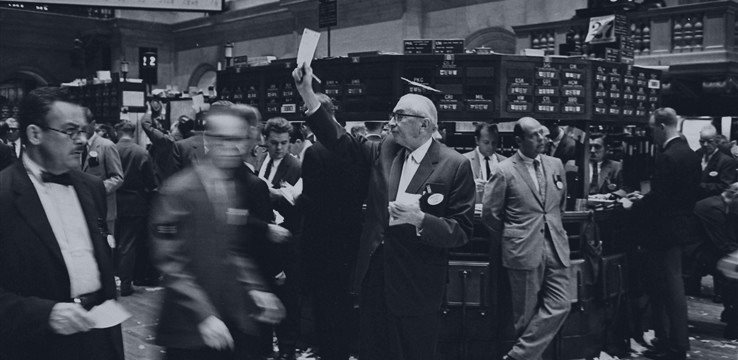When almost no one believes the market is dangerous, that’s when you should be cautious.
A big number of market participants incorrectly believe that market bubbles grow quickly and burst. A true bubble is a long period of excess.
Michael Sincere, MarketWatch's columnist, recently interviewed stock-market expert Mark D. Cook, with whom he was a co-author of “Prepare
Now and Survive the Coming Bear Market” and who has been warning of a bear market for several months.
“We haven’t even moved 2% in 2015. If it’s a strong bull market, there would be enthusiastic rallies and strong volume. Instead, the volume is sick and the rallies are tepid. The only thing that hasn’t fallen into the abyss is prices.”
Although the
market could still go higher, it is dangerous to be 100% invested, if what he thinks is right.
Cook describes three scenarios of what happens when the market is in a bubble:
1. ‘Black swan’
One scenario is when an unknown news event or “black swan” appears out
of nowhere to hurt the market.
This market tumbles quickly and hard. As it falls, the speed of the decline
increases as the prices accelerate to the downside.
Typically, an unexpected event comes out of left field that brings everyone back to reality. Bad news could send the indexes over the cliff, as the current market is fragile.
In this case, the market falls fast, for perhaps only a week or two after the initial decline. Then it rallies near the old high and collapses like in October 1987. “In 1987 the Fed changed their policy in September, raising rates. It was like putting a sledgehammer to the bulls. The market tried to rally but the volume was weak, there was no energy, and fear replaced complacency.”
2. Bubble makes all-time high but reverses
“The market will slowly make a higher-high, but just by a little bit,” Cook says. “The volume isn’t there, nor is there much enthusiasm. Investors are not overly concerned. And then, the market starts to fall, but rather slowly.”
While the market is damaged and keeps going down, investors hope it will bounce back quickly, but it doesn’t. It may take three steps down and then one step up. It is getting exhausting for investors because they are hopeful rallies will bring the market back to its previous high, which doesn’t come. Because the bull market is so mature (i.e. over six years old), it cannot withstand adversity, and is permanently damaged.
3. Slow erosion
Following a period where the stock market is in a tight channel and volatility is low, the market begins to slowly erode. “The market starts going down at a slow pace,” Cook says. “It won’t destroy investors immediately but it sucks the life out of them. On the outside, the market appears healthy, but its internals are very weak. Because this bear market is so prolonged, it is the worst as far as the amount of points lost.”
This market was in the 1960s, Cook says, when clients met their stockbrokers and hoped there would be a rally, which never came. “This market chipped at their soul. The S&P 500 SPX might go down 20 points and rally back 2 points. The market never rallies enough to allow you to get out undamaged. There is no getting out. Each day it gets worse and worse.”
When investors finally become aware of the bear market and decide to sell, they have already lost more than half their
portfolio. “This dreadful bear market can last for years,” Cook says.
“As it continues to fall, the masses hate the market and want nothing to
do with it. Only traders survive in this environment. It takes a long
while for the bleeding to finally stop.”
It is hard to say which scenario is most likely, however, Cook suggests a visible indicator is what happened to oil and gold. Bubbles almost always end abruptly as the pressure is released.



